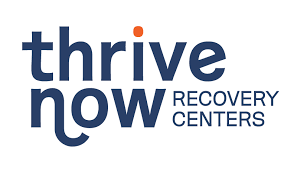Blue Zones information roadshows scheduled


Buettner, author of “The Blue Zones: Lessons for Living Longer From the People Who’ve Lived the Longest,” will host four “roadshows” with Wellmark Blue Cross and Blue Shield officials across the state this month to explain how communities can become Blue Zone demonstration communities. Ten communities will be chosen within the next five years to receive assistance from experts to show them how changes in policies, environments and social networks can lead to better health.
“We envision these communities will choose themselves,” said Laura Jackson, executive vice president for health care strategy and policy for Wellmark, during a webinar conducted Sept. 27. Three or four initial Blue Zones communities will be announced in early 2012, she said.
The project is attracting significant interest statewide. Approximately 500 people from more than 130 communities participated in last week’s information webinar, and about 150 people have made reservations to participate in one of the four roadshows that will be held the week of Oct. 10, Wellmark spokeswoman Courtney Greene said.
The Blue Zones project is part of the Healthiest State Initiative launched in August by Gov. Terry Branstad, with the goal of making Iowa the healthiest state in the nation. Currently, Iowa’s population ranks 19th among the 50 states for overall well-being, according to the Gallup-Healthways Well-being Index. The roadshow for Central Iowa will be held in Ankeny on Oct. 11 from 10 a.m. to noon at the FFA Enrichment Center, 1055 S.W. Prairie Trail Parkway.
Minnesota community continues to benefit from Blue Zones projects
Albert Lea, Minn., which adopted the Blue Zones program in 2009, found the program reduced absenteeism of key employees by 21 percent and lowered health-care costs of city employees by 49 percent. About 25 percent of residents and 50 percent of large employers are participating. Supermarkets, restaurants and schools have made more healthful food choices available, and the city added more exercise resources such as trails as part of the initiative.







